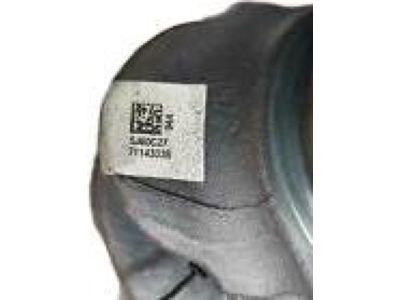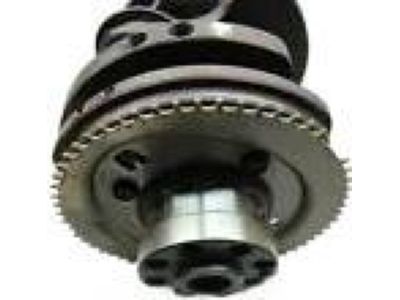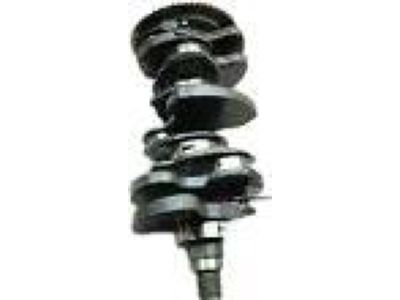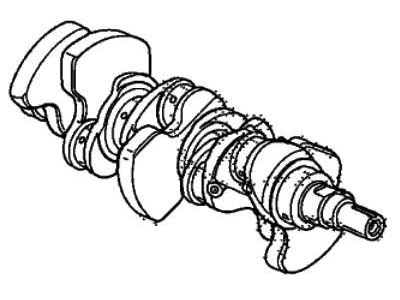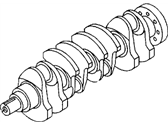×
- Hello
- Login or Register
- Quick Links
- Live Chat
- Track Order
- Parts Availability
- RMA
- Help Center
- Contact Us
- Shop for
- Honda Parts
- Honda Accessories

My Garage
My Account
Cart
Genuine Honda Passport Crankshaft
Crank Shaft- Select Vehicle by Model
- Select Vehicle by VIN
Select Vehicle by Model
orMake
Model
Year
Select Vehicle by VIN
For the most accurate results, select vehicle by your VIN (Vehicle Identification Number).
8 Crankshafts found

Honda Passport CRANKSHAFT COMP
Part Number: 13310-5J6-A10$143.51 MSRP: $188.70You Save: $45.19 (24%)
Honda Passport Crankshaft
In search of affordable OEM Honda Passport Crankshaft? Consider browsing through our extensive inventory of genuine Honda Passport Crankshaft. Not only do we provide market-leading prices and a manufacturer's warranty, but we also pride ourselves on exceptional customer service and swift delivery.
Honda Passport Crankshaft Parts Questions & Experts Answers
- Q: How should the crankshaft be cleaned and inspected for wear and damage on Honda Passport?A:Clean the crankshaft with solvent and dry it with compressed air if available. Check the main and connecting rod bearing journals for uneven wear, scoring, pits, and cracks. Clean the oil holes with a stiff brush and flush them with solvent, using a stiff plastic bristle brush for the oil passages in the crankshaft. Inspect the rest of the crankshaft for cracks and other damage, ensuring it is magnafluxed to reveal hidden cracks, which an automotive machine shop can handle. Measure the diameter of the main and connecting rod journals with a micrometer, comparing the results to the specified limits, and check for taper and out-of-round conditions by measuring at several points around each journal's circumference, including each end near the crank throws. If the journals are damaged, tapered, out-of-round, or worn beyond the specified limits, have the crankshaft reground by an automotive machine shop, ensuring the correct size bearing inserts are used if reconditioned. Inspect the oil seal journals at each end of the crankshaft for wear and damage; if grooves, nicks, or scratches are present, the new seal may leak upon reassembly. An automotive machine shop may repair the journal by pressing on a thin sleeve, but if repair isn't feasible, a new or different crankshaft should be installed. Finally, examine the main and rod bearing inserts.


